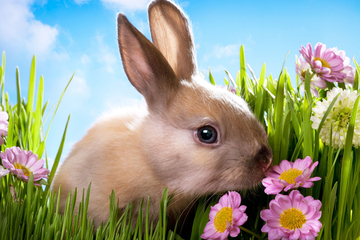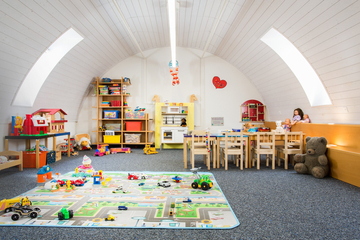Easter
the colourful, happy family celebration
Like other holidays, Easter is celebrated differently in Christian countries. While in German-speaking countries Easter nests are hidden by the Easter Bunny, other countries celebrate the feast of Christ's resurrection quite differently. For most, however, Easter today is a celebration with a few days off from work, on which one likes to Travels and escape from everyday life. Easter is also something special at Swiss Holiday Park. For the children TOM's Happy Club has come up with many Easter activities for the children. But also the adults will have a lot of fun. Read on, there is exciting information about the history of Easter or techniques for dyeing Easter eggs.
In the Christian countries the celebrations at Easter have developed quite differently. In German-speaking countries as well as in Eastern Europe, the painting of Easter eggs is a tradition. There are many different techniques for painting eggs. Often, works of art are created that are so beautiful that it would be too bad to break them during the "Eitertütschen". So the eggs are blown out so that only the shells remain, which are then artistically painted and used for Easter decorations. The eggs symbolize new life. There are many customs surrounding Easter eggs, such as hiding Easter eggs, "Eiertütschen", egg-slicing or Easter egg-throwing. Or, as in England, the eggs are rolled down the street until they are completely broken. In New York City, the Easter Parade takes place on 5th Avenue. People drive through the streets with colorfully decorated floats and dress up. The most original custom we found during our research takes place in the Philippines. There, parents take their little children by the head and lift them up when the Easter bell rings. They believe that this makes the children grow taller. Either way, for everyone, Easter is a joyous celebration where people get together with family and friends, enjoy a festive Easter dinner, or take advantage of the days off for a short vacation.


